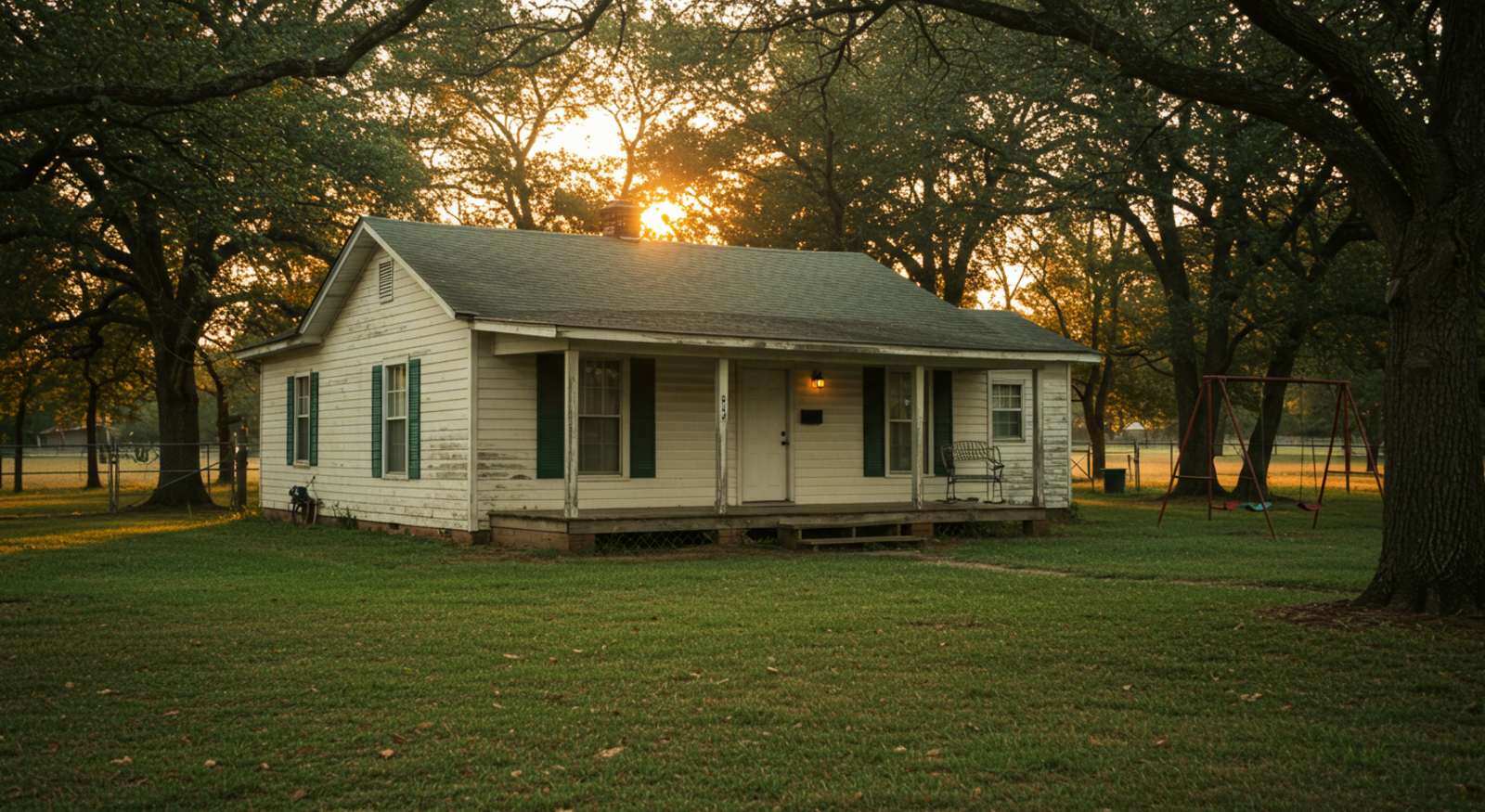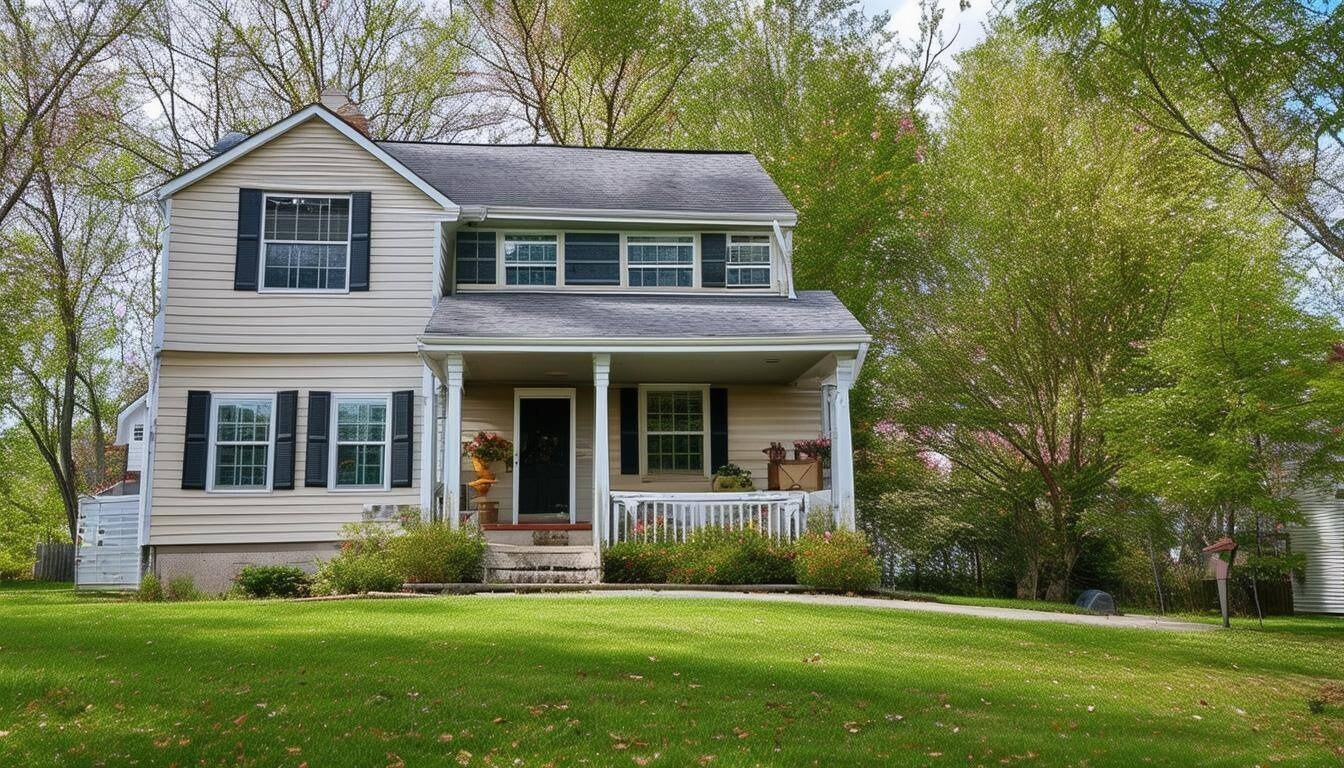Is Mold Covered? Decoding Your Insurance Policy
June 2nd, 2025
4 min read

You return to your home only to discover a mold patch. It's big enough to require professional assistance. As you worry about the costs of getting it removed, a question pops into your head: "Does my insurance cover this?" Not knowing can be a source of stress in an already overwhelming scenario.
That's precisely why we're here! At Restore-It, we genuinely understand the challenges you're facing. We've been fortunate to assist numerous homeowners over the years, collaborating closely with insurance companies. Now, we're excited to break down this insurance puzzle for you in a clear and straightforward way.
In this article, we will explain the limitations of insurance policies related to mold damage. We will also explore when homeowners insurance typically covers mold and when it doesn't. So, let's get started!
Insurance Policy and Its Limitations
We would love to tell you that navigating mold coverage is a simple, straight path. But we would be lying to you. "Does my insurance cover mold?" The answer is not as simple as a "yes" or "no," but rather a "it depends." Let's look at the factors at play when dealing with your insurer.
Policy Variations
Every insurance policy is unique, and the fine print regarding mold coverage can differ significantly. Some may offer explicit coverage for mold remediation under certain circumstances, while others may exclude it entirely.
Even within the same insurance company, different policy tiers or add-ons can alter the scope of coverage. It's common for homeowners to discover their coverage vastly differs from what they assumed.
State regulations also influence the minimum coverage requirements and permissible exclusions, creating a patchwork of coverage across different regions.
Direct vs. Indirect Causes:
Insurance companies often base coverage decisions on the mold's "direct cause." If the mold growth is a direct result of covered damage, like a sudden burst pipe or a storm, the remediation may be covered.
However, coverage is typically denied if the mold is deemed to have indirect causes, such as gradual leaks, high humidity, or poor ventilation. This distinction can be subjective and lead to disputes, as determining the precise cause of mold growth can be challenging.
Maintenance Matters
Homeowners insurance is designed to protect against unforeseen events, not to cover the consequences of neglected maintenance.
If you don't address known maintenance issues, such as a roof leak or a plumbing issue that results in mold growth, your insurance company will likely deny you coverage.
This underscores the importance of proactive home maintenance and regular inspections. Insurance companies view homeowners as responsible for maintaining their properties and preventing foreseeable damage.
When Mold is Covered
Insurance companies often extend coverage for mold remediation when the growth directly results from a sudden and accidental event. In insurance terms, this is known as a "covered peril." This principle hinges on the idea that the mold was an unexpected outcome of a covered incident, not a gradual development.
Sudden Water Damage
Imagine a pipe suddenly ruptures, flooding your basement with water. This immediate and unexpected event is generally covered by homeowners insurance.
If mold develops as a direct result of this sudden water intrusion, the remediation will probably be covered, as it's a direct consequence of the covered pipe burst. The key here is the suddenness and accidental nature of the event.
It's worth noting that mold takes 24 to 48 hours to grow, meaning that if you call for water restoration services immediately, you can prevent this scenario altogether.
Accidental Discharge
Similarly, if your washing machine malfunctions and overflows or your dishwasher springs a leak, leading to water damage and subsequent mold growth, this accidental discharge could trigger coverage.
The event's accidental nature differentiates it from gradual leaks or maintenance issues. For these types of scenarios, documentation of the appliance malfunction is important, so take a lot of pictures and videos.
Fire Suppression
When firefighters extinguish a fire, they often use large volumes of water, which can lead to water damage and mold growth.
In these cases, the mold is a direct result of the fire suppression efforts, which are generally covered by homeowners insurance. In this scenario, the mold becomes a secondary consequence of a covered peril.
When Mold is Not Covered
Homeowners insurance is not a substitute for regular home maintenance. Insurance companies expect homeowners to take reasonable steps to prevent damage. Generally, they will not cover mold caused by lack of maintenance or damage that has slowly accumulated over time.
Gradual Leaks
Over time, a slow, undetected leak behind a wall or under a sink can become a breeding ground for mold. These leaks are often the result of gradual deterioration or lack of maintenance.
For insurance companies, this means that you did not take care of your property, resulting in their refusal to cover mold damage.
A prolonged, undetected leak will undermine any claims unless a valid reason stops you from addressing the damage. For instance, if you were on vacation and a pipe broke, causing water damage and mold, you might still be covered.
High Humidity
Mold can grow in areas with high humidity or homes with poor ventilation. Generally, insurance companies consider these "maintenance issues," so they will not cover mold growth if it develops due to these conditions.
Neglected Repairs
If you're aware of a roof leak or plumbing problem and fail to address it, and mold develops, your insurance company will likely deny coverage.
This is because the mold growth was a foreseeable consequence of your failure to maintain your property. Ignoring known issues is a sure way to void any potential coverage.
Flood Damage
Standard homeowner's insurance policies almost universally exclude flood damage. Since floods introduce a large amount of water, they are a prime cause of mold growth. To be covered for mold caused by floods, you must have a separate flood insurance policy.
The confusion surrounding mold coverage can cause unnecessary stress, which is why it's so important to learn about your insurance policy. Knowing when insurance companies are willing to cover mold remediation will provide you with clarity and dissipate any worries.
At Restore-It, we strive to empower homeowners with the knowledge to navigate insurance claims confidently. Should you require professional mold remediation services, feel free to contact us. We are here to assist in restoring your home to a safe and healthy environment.
Topics:
















